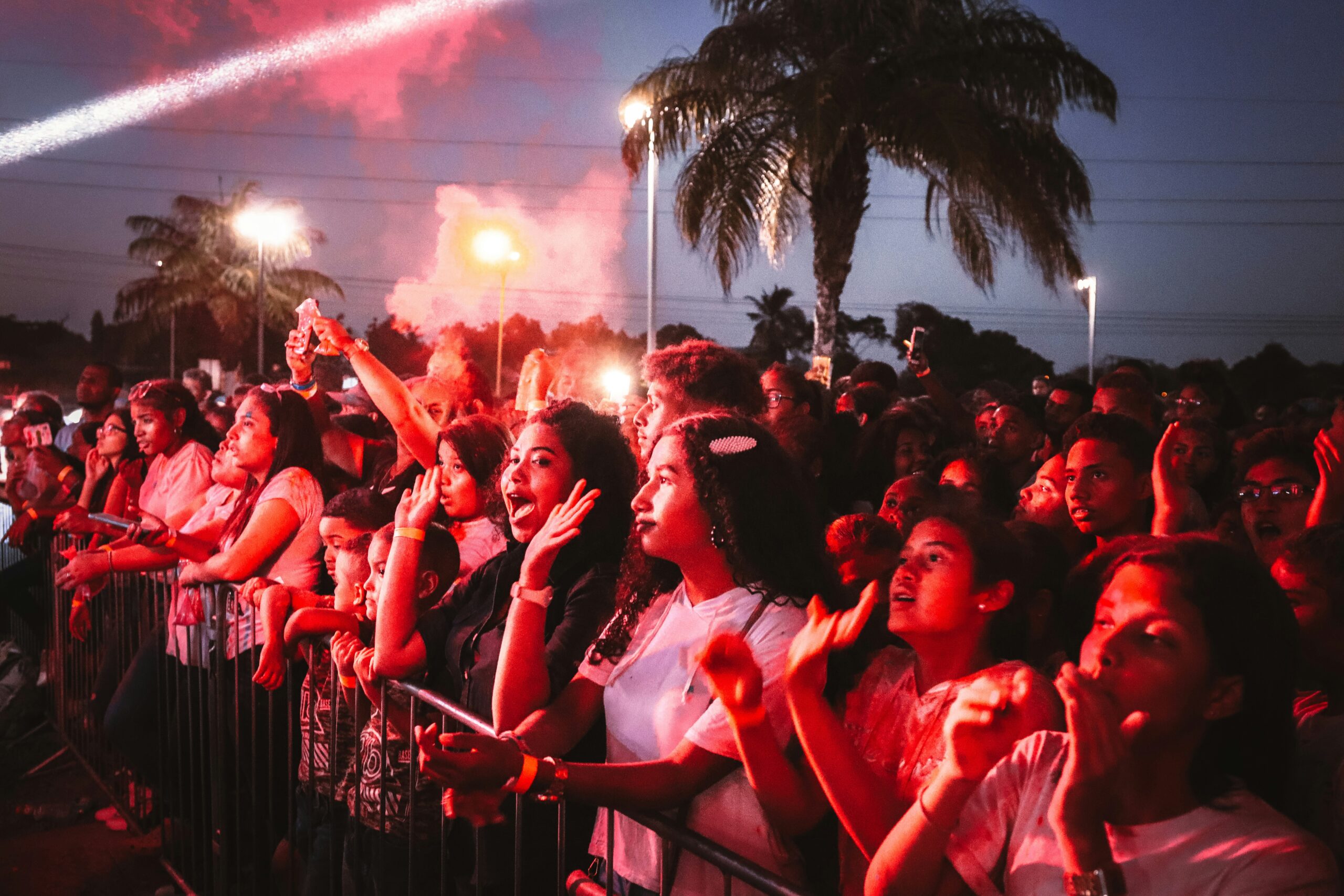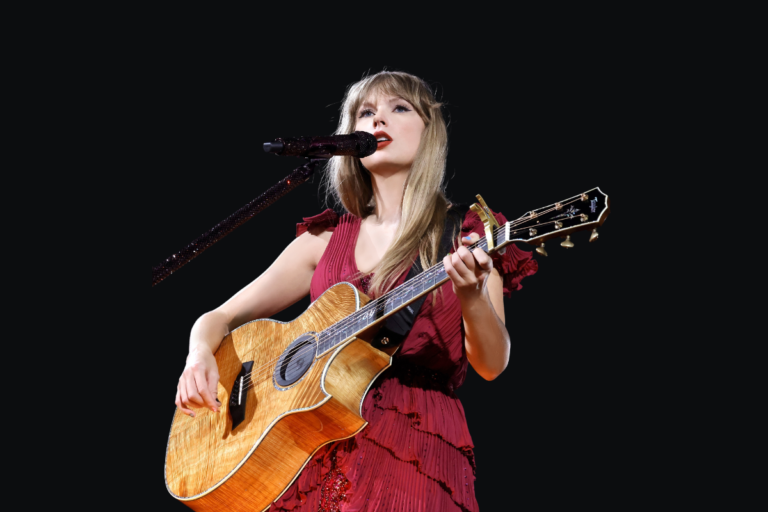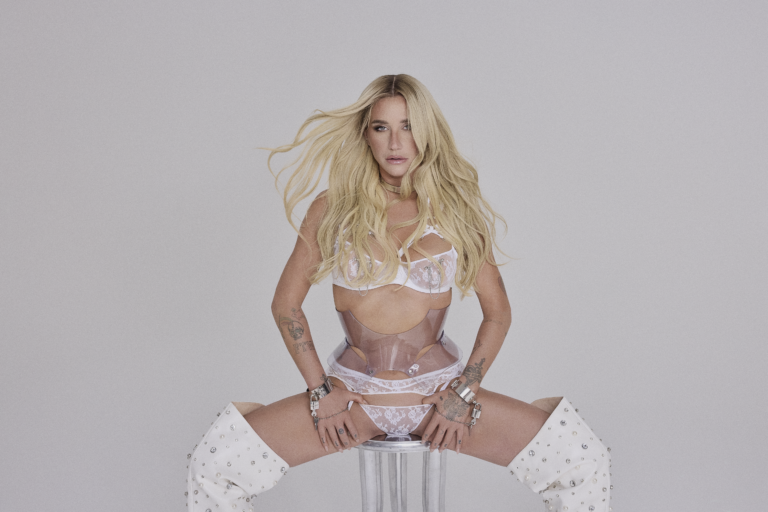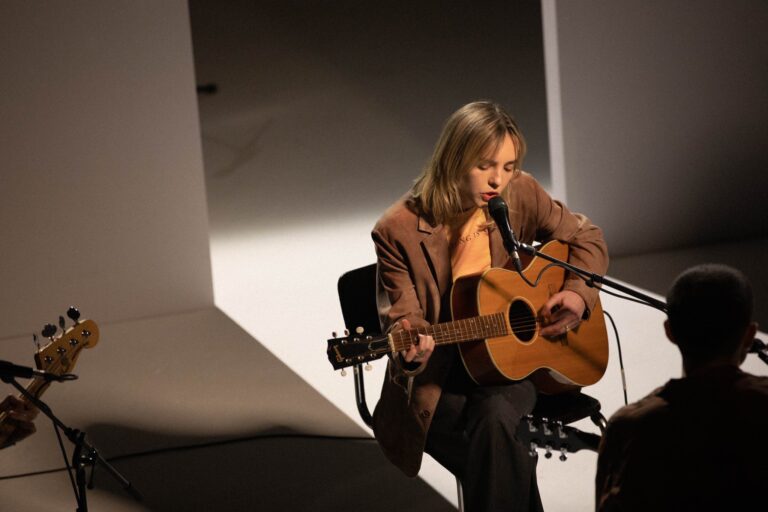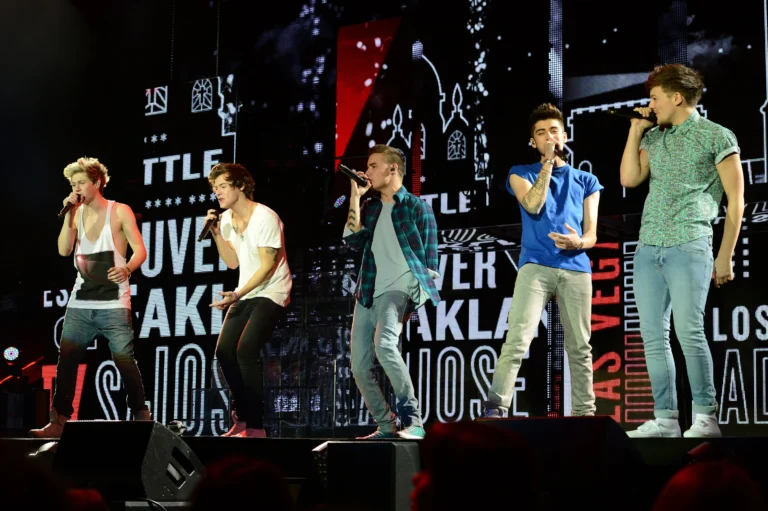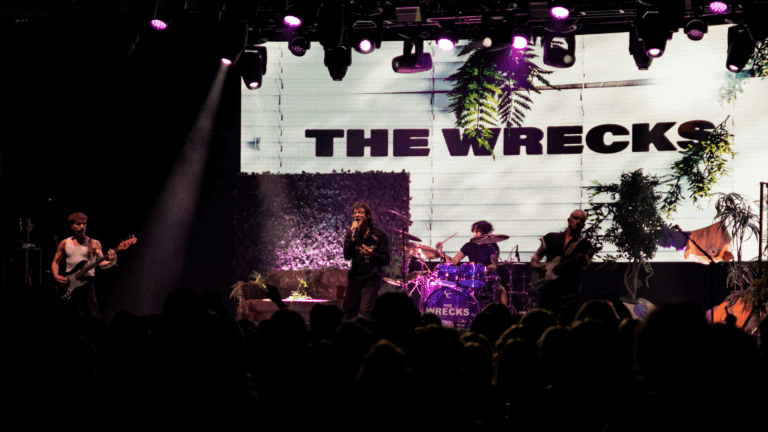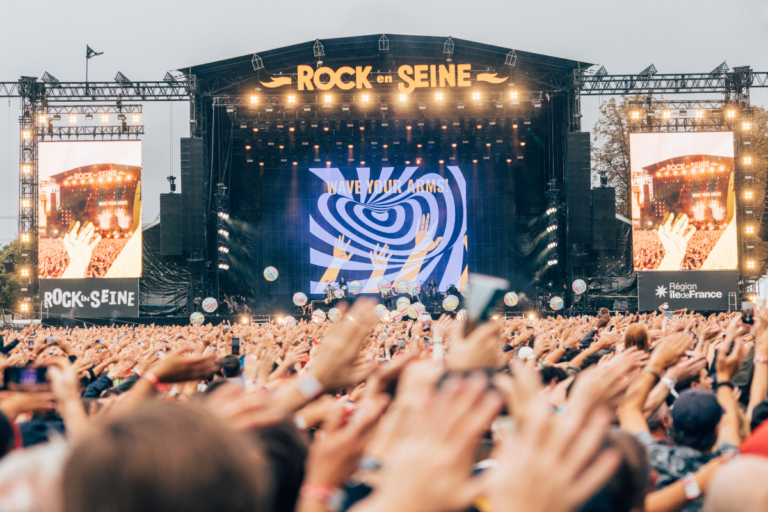How is the Music Industry Changing to Put Fans at the Fore?
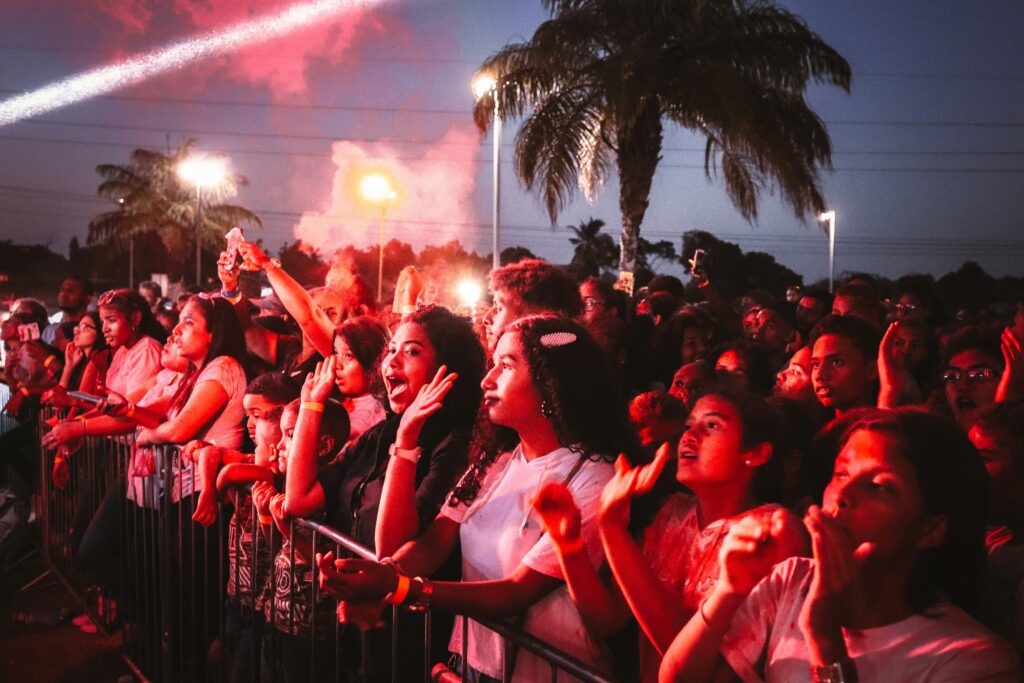
Now, more than ever, fans are becoming integrated in the music industry.
What used to be a frowned upon and confusing relationship between fans and artists, is now a mutually beneficial exchange of appreciation and respect. At least that’s the rose-tinted perspective.
Over the last 10 years, the music industry has taken more of an interest in fans, which has changed fan practices, grown fandoms, and seen the rise of fan service. Fans becoming an established contributor to the way the music industry functions comes with many complex and controversial issues, many of which stem from the rise of social media’s involvement in contemporary culture.
Social media’s integration with the music industry has elevated fans from mere listeners to dedicated and passionate participants in the lifework of individual artists. This realisation has pushed fans to the forefront of the industry and has shifted the way music is produced forever. This, however, may not be as good as it seems and the industry changes are becoming too much for some artists.
The Changing Industry
Since the turn of the century there are clear signs that the music industry and musical artists are shifting their tone to honour fans, their opinions, and their collaboration in the experience of music. This can be seen in the movement away from physical music consumption to streaming, the gradual increase of fan led votes in award shows, and the changing etiquette of music touring as some examples of fans being drawn to the fore.
Streaming
Listening to physical music is almost a novel practice now, with artists bringing back the vinyl record and CDs as a nostalgia device. It is all about the streaming platforms; they are portable, they can link across devices, they are shareable, they are jam-packed full of all the songs, podcasts and audiobooks you could ever want or need. Plus, they are subscription-based, which means you can listen to thousands of albums in one month for only £12 (according to Spotify).
Streaming services have built themselves around fans and users, providing resources to be creative with playlists and adaptive algorithms to boost the listening experience. They prioritise users, often meaning artists’ experiences are overlooked. On Spotify, artists are said to make roughly $0.003-0.005 per stream, which is unreliable and detrimental for newer and/or smaller artists on the scene.
Once upon a time, it was about creating the perfect tracklist to sell the most CD’s. Now, it is about creating the perfect playlist for the journey home. The experience of consuming music has pivoted the music industry towards fans.
Awards
We all know that the most exciting part of award shows has become the red-carpet catwalk, the live performances, the memes that go viral after-the-fact, and the excitement of the fan votes beforehand.
Since 1984, when the MTV Video Music Awards (VMA’s) began, fans have been involved in the process of voting. Yet, it has only been in the last 20 years that fan voting has become more widespread and was enhanced by the internet. In line with everything else that artists can benefit from social media, promoting award shows and fan voted categories is one of significance.
Fans are creating space for themselves in the music industry by participating in what used to be exclusive for the upper echelons of professional music. This demonstration of the power of fandom further shapes the future of the music industry, by overtly telling industry professionals what it is that contemporary audiences like and want.
Tours
Touring has always been a way for fans and artists to revel in the joy of music together, as listener and creator. The COVID-19 pandemic changed the dynamic of music touring, with artists wanting to come back from isolation bigger and better than before.
Turning a concert into the event of the year not only celebrates the artist and promotes their music, but it also creates landscapes fans to coalesce to share this experience, strengthening the bonds of the fandom altogether. Since the pandemic, there have been a couple standout shows that have taken the world by storm; Harry Styles ‘Love On Tour’ (2021-2023), The 1975 ‘At Their Very Best’ (2022-2024), Taylor Swift ‘The Eras Tour’ (2023-2024), Sabrina Carpenter ‘Short n’ Sweet Tour’ (2024-2025), to name a few. These shows highlighted the new phenomenon of ‘tour uniforms’, that saw countless fans turning up to gigs clothed in the aesthetics of the tour or artist. Fans are even buying bald caps and doodling tiny moustaches on to attend Pitbull shows!
Touring has become less about promotion and is more about fan service. It is an experience created by artists for fans, with months of planning and choreography, which is then transformed by fans into their own party. They are a way of celebrating both being fans and the artist, all in one place.
TikTok
The rise of fandom and the simultaneously changing music industry is because of the internet. Social media is the star of the internet, and TikTok is the star of social media, and it has changed the course of industry-public relations forever.
TikTok, a popular video creation app, is notorious for ‘blowing up’ different ‘sounds’ (the audio attached to videos), many of which are popular songs, or songs that subsequently become popular from their frequent audio use on TikTok. This algorithm-based system can be very beneficial for artists, as they navigate their way around a new kind of music promotion. It can also be a way for fans to find and support each other’s content.
The reasons why TikTok, and social media in general, are bringing fans into the foreground are, unfortunately, the same reasons as to why artists are fed-up with these apps. The increase of viral music and TikTok ‘sounds’ making it into the top 10 charts has adjusted the way musical promotion is happening, with many artists being discovered through TikTok algorithms. An example of this is Lola Young, whose song Messy became a viral audio on TikTok in 2024.
‘Going viral’ and pumping out TikTok’s or Reels are the new norm in music promotion, transforming the anticipation of a new release into a demeaning experience for a lot of artists. In 2022, the artist Halsey faced controversy after claiming their label was “declining to release a new song until there was a viral TikTok ‘moment’ to help promote it”. Halsey argued that her job is not content creator, nor is it music promoter. This notion was backed by other artists in the industry and Halsey’s videos, ironically, went quite viral.
The party 4 u Music Video
Charli xcx’s recent release of a music video for a five-year-old song is the perfect example to summarise the significance of fans in the music industry. The party 4 u (re)discovery and subsequent, almost obligatory, music video appeals to fan service based on the viral moment both Charli xcx and this song are facing.
Alongside Sabrina Carpenter and Chappell Roan, Charli xcx had one of the biggest years of her career in 2024, following the release of her sixth studio album BRAT. The cultural phenomenon and the concept of a ‘brat summer’ provided Charli with an abundance of new fans. Then, in amongst the chaos of touring, festivals, award shows, and everything else that happens in a pop-stars life, an unexpected gem rose from the depths of the xcx discography and began making an appearance on listeners’ Spotify radio.
In early 2025, the Brats and the Angels stood together to applaud the genius of party 4 u, a song on Charli xcx’s fourth studio album, how i’m feeling now. The song began making its rounds on the TikTok algorithm, syncing the ‘For You’ pages of new and old fans alike. The song itself is about a crushing weight of unreciprocated feelings. Narratively, Charli tells the story of throwing a party for them and getting your hopes up for when they eventually arrive, only for them to be a no-show and being let down.
The first trending sound from party 4 u was the second verse that switches the songs vibe from a soft anxious inner monologue to a desperately urgent appeal for them to hurry up and join the party. TikTok users banded together in the rediscovery of this song, with older fans grateful for the spotlight moment, and newer fans pleased to discover more of the iconic Charli xcx discography. After this first revival of party 4 u, Charli posted on her Instagram to thank her fans for the “p4u love”, with a collection of fan-made TikTok’s using the sound.
Not even a month after Charli’s post, the second party 4 u sound began blowing up on TikTok. This trend took on more emotional depth due to users posting about ‘the moment’ when they realised a relationship wasn’t working out. The audio clip used is the break where Charli repeatedly sings “come to my party”. It is the moment in the story when it becomes apparent *they* are not coming, which Charli posted on her own TikTok, using the audio to join in with the trend.
Suddenly, the 14th of May rolled around, and Charli posted on her Instagram photographs of a hand-written letter to thank ‘the Angels’ for their support and participation in the making of how i’m feeling now. The caption being “how i’m feeling now turns 5 tomorrow so i wanted to give you something… <3”. A little while later, she posted again with a video clip of her teary eyes, captioned “5 years later… the party 4 u video. tomorrow.”
The party 4 u music video was released to the world, five years after the song initially released, because of Charli xcx fans. It was the fans who rediscovered the song and gave it its revival. It was the fans who turned it into a viral sound and trend… twice! The creation of how i’m feeling now was done in collaboration with her fans at the time – the beautifully crafted forever music video featuring videos sent in by her fans – which makes this project incredibly wholesome and self-fulfilling.
Charli xcx seems to be aware of her presence in the contemporary culture that will, at some point, leave her to dry. Some thought that this event would happen sooner, with Brat and Charli being left in 2024. As it turns out, quite the opposite has occurred. Not only are fans gearing up for another ‘brat summer’, but fans are enabling the creation of entire music videos of songs that were collecting dust.
Conclusions: fans are in the foreground, but at what cost?
It is evident that fans are being prioritised by the music industry in the contemporary era of fandoms, social media, and consumerism. Unfortunately, this also means that artists are being forced into the background, their authority tampered with and their brands tailored to fit trends and algorithms.
The rise of Charli xcx has proven that this does not have to be the case. There is still room for artists to create the culture spontaneously with records like BRAT. And there is opportunity for fans to create, shape, and inspire artists’ projects, like with the initial production of how i’m feeling now and the revival of party 4 u.

